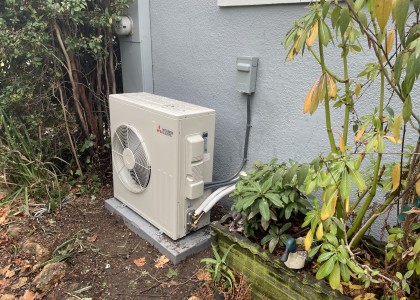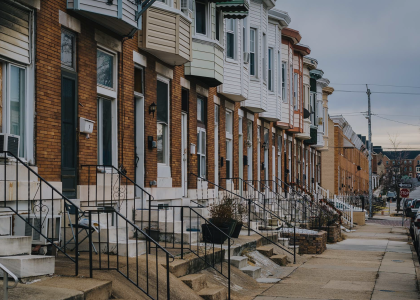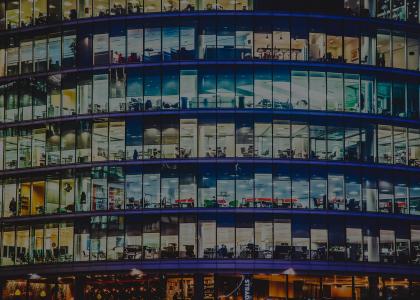Multifamily buildings are home to millions of people across the US. In fact, multifamily buildings make up one quarter of the housing stock. These buildings range from duplexes with five or six units to high-rises with more than 50. Most properties are leased to residents, while others are owned by their occupants. Rental buildings can be owned by mom-and-pop landlords or companies that own and operate hundreds of buildings nationwide. These are just some of the factors utilities and other program implementers must consider when designing energy efficiency programs for the multifamily sector.
Since 2013, ACEEE has been working to help multifamily buildings save energy as part of our Multifamily Energy Savings Project. The project aims to improve and expand utility energy efficiency programs that target multifamily housing. Our new report, Reaching More Residents: Opportunities for Increasing Participation in Multifamily Energy Efficiency Programs, builds upon existing research and identifies the strategies that energy efficiency programs designed for multifamily housing use to achieve high participation.
What did we find?
We collected information from all types of energy efficiency programs for multifamily housing from across the country. For data, we turned to our Multifamily Utility Working Group, consisting of multifamily energy efficiency program administrators from electric and gas utilities. We analyzed 30 programs to identify those with high participation and interviewed administrators to learn how they reach their customers.
We found that programs serve anywhere from 1,700 units to over 54,000 units every year and reach 1% to 26% of their eligible customers annually. However, most programs only serve a small percentage of their eligible customers in multifamily housing allowing for plenty of opportunities for programs to expand their reach. There are many factors that determine the number of customers a program reaches and how much energy is saved. The comprehensiveness of a program and its budget can affect the number of customers served. Whole-building programs typically reach fewer customers but achieve higher energy savings per unit than those that rely on simpler direct install measures. Regardless of program type, participation matters. We found that programs, both new and old, are applying effective strategies to reach more customers in multifamily buildings.
Successful strategies
The Bay Area Regional Energy Network’s (BayREN) multifamily energy efficiency program in California is one of the newest programs highlighted in our report. Although BayREN only served a modest number of customers in its first year, it far exceeded its participation goals and already has tens of thousands of units waiting to participate in the program. BayREN credits the high interest in its program to its combination of savvy marketing strategies and partnerships with local city and county governments.
Austin Energy’s multifamily energy efficiency program in Texas is one of the most established programs we analyzed, having served over 40% of its customers in multifamily housing over the last decade. They attribute much of their success to building relationships with the multifamily housing community, including the Austin Apartment Association. Establishing relationships with building owners helps Austin Energy create interest in their program. Austin Energy’s next goal is reaching more of its low-income customers in multifamily buildings. They are currently in the process of launching a new program designed specifically for these customers.
Some programs, like the District of Columbia Sustainable Energy Utility’s (DCSEU) Low-Income Multifamily Initiative are already targeting low-income customers. DCSEU serves roughly 5% of its income-eligible customers every year and achieves a notably high per unit energy savings. This program not only works to save energy, but it also preserves affordable housing and reduces utility costs for the city’s most vulnerable communities.
If I’m a program administrator, how can I reach more of my customers?
The programs highlighted above are just a few of the many examples of successful strategies we call out in the report. Although each program puts a unique twist on their marketing and outreach strategies, we identify six practices that programs can use to reach more customers in multifamily housing. These best practices include:
- Simplifying access to program services
- Targeting decision makers
- Tailoring marketing to specific segments of the market
- Partnering with state and local housing organizations to market and deliver programs
- Partnering with trade allies to market programs
- Delivering effective messages that demonstrate value with actionable guidance
What’s next?
The findings of this report show that multifamily energy efficiency programs can serve high numbers of customers and achieve substantial energy savings. We also recognize that better data are needed to assess the reach and scope of energy efficiency programs serving customers in multifamily buildings. At ACEEE we are committed to continuing this research to help ensure more customers in multifamily buildings and the communities where they reside benefit from energy efficiency.




